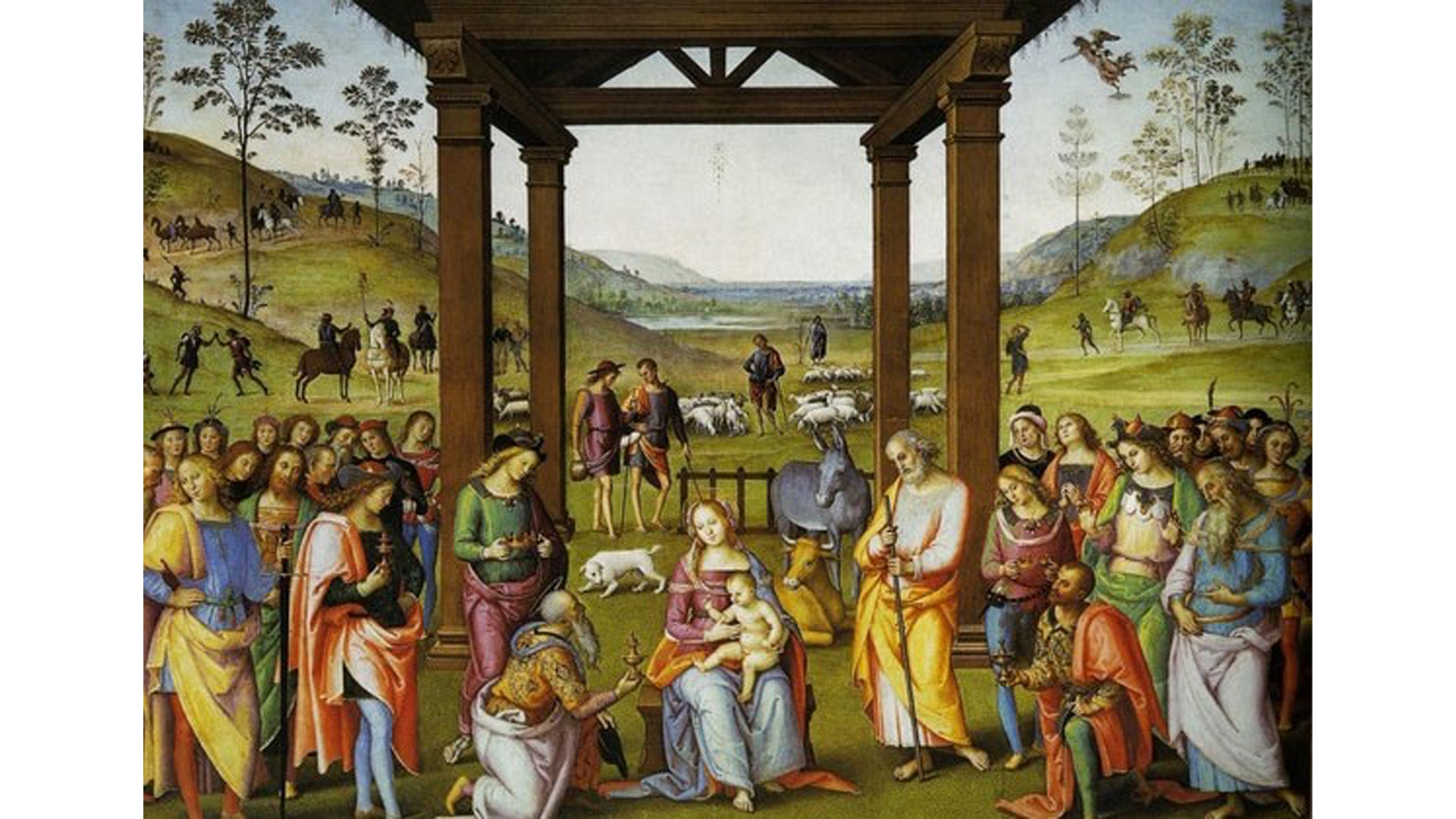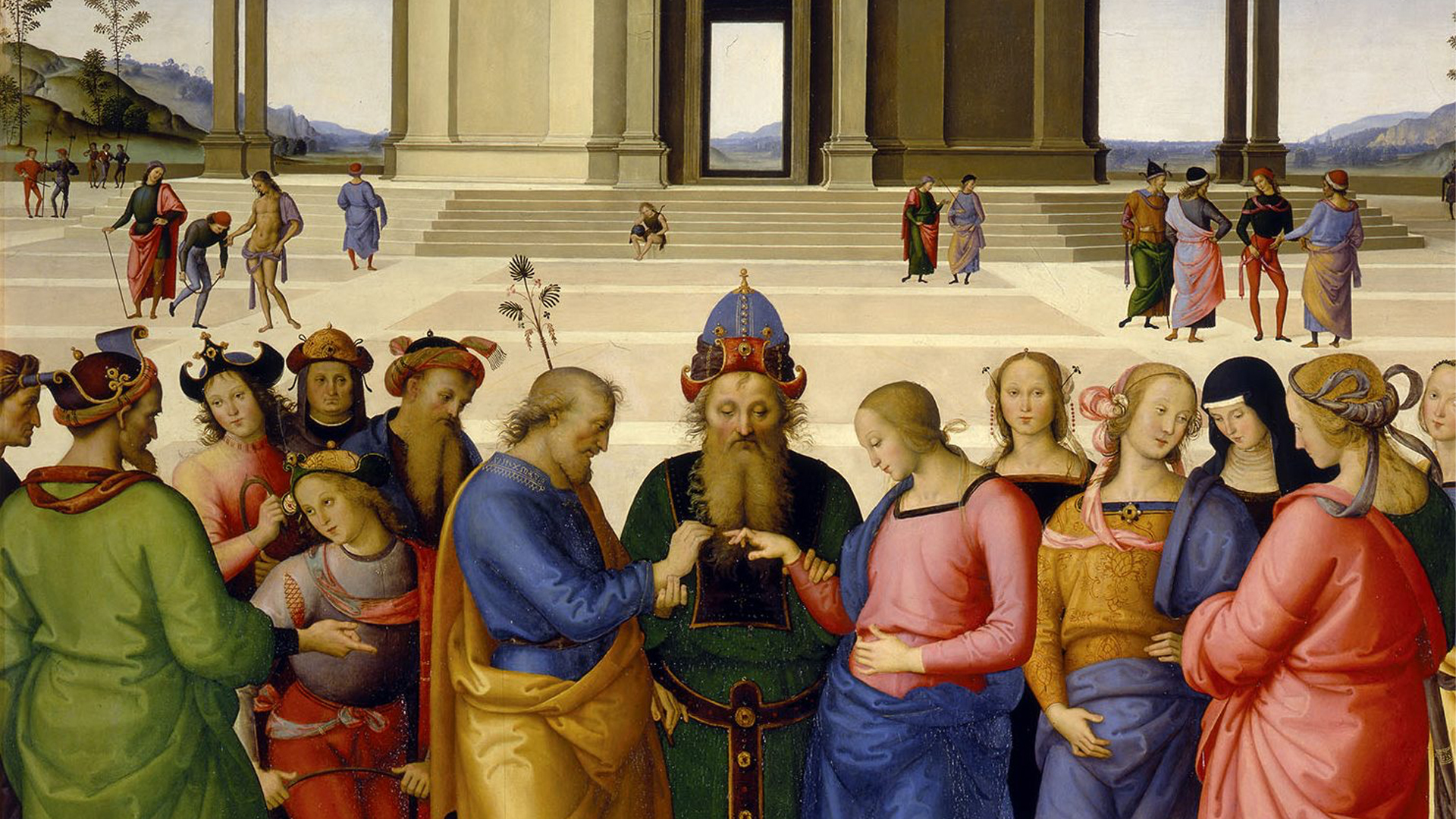The legendary Renaissance-era Italian painter Pietro di Cristoforo Vannucci, known internationally as “Perugino,” is being commemorated through Perugino 2023, an online platform and in-person exhibit. Dedicated entirely to the painter’s life and masterpieces, Perugino 2023 commemorates the 500th anniversary of the artist’s death through a major exhibit in the city of Perugia, located in the Umbria region, that is open to the public between March 4 and June 11.
The exhibit examines the magnitude of Perugino’s artistic impact not only in Umbria, where he primarily established himself and produced some of his most famous work, but also in the whole of Italy during the late 15th and early 16th centuries.
Titled “Il Meglio Maestro d’Italia. Perugino nel suo tempo,” (The Best Master of Italy. Perugino in his time), the exhibit will take place at the Galleria Nazionale dell’Umbria in Perugia. Curated by Marco Pierini and Veruska Picchiarelli, the large exhibition will present to the public his most important and celebrated masterpieces, all painted during the height of his career in the years before 1504. According to Perugino 2023, Perugino was the most important painter active in Italy during the last two decades of the 15th century.

(Photo Credit: castellucciopalusse.com)
His Life and Significance in the History of Italian Art
Perugino was born in the Città della Pieve, a town in the province of Perugia, in the mid-15th century, sometime around 1445 or 1452, according to Perugino 2023. He was a pupil of Andrea del Verocchio, a Italian painter, sculptor, and goldsmith who lived in Florence and is said to have influenced the likes of Leonardo da Vinci. Perugino himself influenced the art of a young Raphael, who is considered to be the supreme High Renaissance painter, more versatile and prolific than contemporaries Michelangelo and da Vinci, according to The National Gallery, London.
In 1477, Perugino was part of the team of painters called upon to renovate and adorn the walls of the Sistine Chapel, commissioned by Pope Sixtus IV. Perugino painted five scenes, of which only three survive: “The Baptism of Christ,” the “Circumcision of the Son of Moses,” and the “Delivery of the Keys.” The other two, “The Finding of Moses” and the “Birth of Jesus,” were destroyed when Michelangelo painted his iconic “The Last Judgment” between 1536 and 1541. The fresco covers the entire altar wall of the Sistine Chapel.

(Photo Credit: gallerianazionaledellumbria.it)
Perugino also painted ceiling of the “Stanza dell’Incendio del Borgo” (Room of the Fire in the Borgo,” a room that was used for the meetings of the Segnatura Gratiae et lustitiae, the highest court in the Holy See, presided over by the Pope, according to the Musei Vaticani. While the Umbrian master painted the ceiling at behest of the Pope in 1508, the walls were frescoed by his protegee Rapahel between 1514 and 1517, according to the Musei Vaticani.
Perugino lived a long life, in comparison to the mortality rates of the time, dying somewhere between 68 and 78-years-old. He died 1523 after catching a bout of the plague.
“Il Meglio Maestro d’Italia. Perugino nel suo tempo” Exhibit
The exhibit “The Best Master of Italy. Perugino in his time” will be open to the public until June 11. Additional information and tickets for the exhibit being held at the Galleria Nazionale dell’Umbria in Perugia can be found here. A comprehensive online collection of his artworks, whose physical presences are spread out between European capitals such as Rome, London, and Vienna, can be viewed here.
Asia London Palomba
Asia London Palomba is a trilingual freelance journalist from Rome, Italy. In the past, her work on culture, travel, and history has been published in The Boston Globe, Atlas Obscura, The Christian Science Monitor, and Grub Street, New York Magazine's food section. In her free time, Asia enjoys traveling home to Italy to spend time with family and friends, drinking Hugo Spritzes, and making her nonna's homemade cavatelli.

